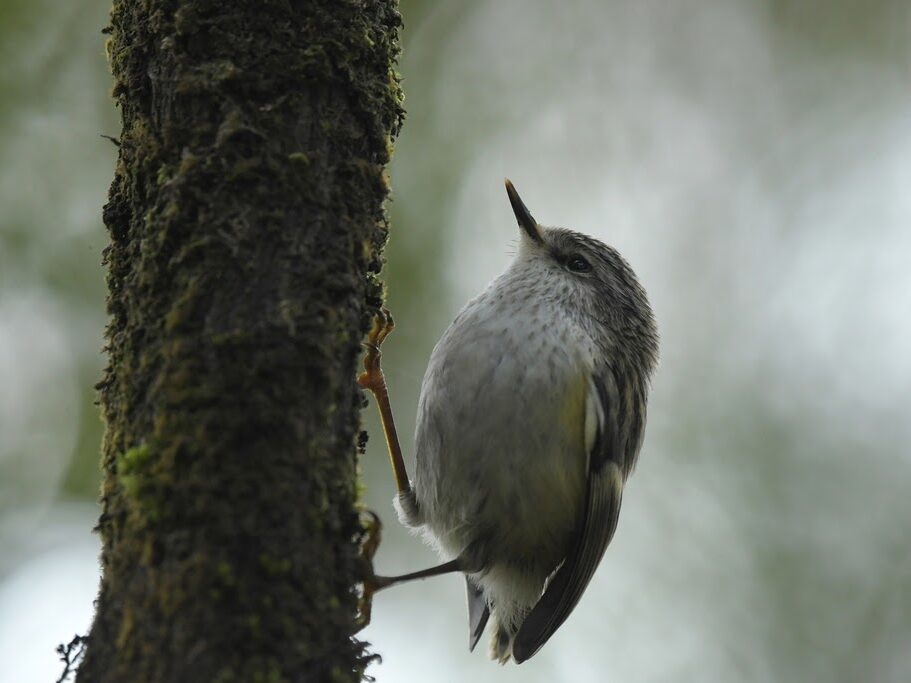ON THIS PAGE
Small beginnings
Introduced predators spread across the North and South Islands in the late 19th and early 20th century devastating Aotearoa’s native species. Some islands were protected from invasion due to their distance from the larger islands, 123 islands have to the best of our knowledge never had rats, stoats or possums present. Sadly, often with human help, introduced predators still made it to many of our islands. European settlers attempted to establish farms on islands nowadays considered inhospitable, the failed human settlement on the Auckland Islands in the 19th century introduced the cats and pigs that live there still.
A handful of early conservationists, concerned about the dramatic loss of bird song on the main islands, began advocating for the establishment of island sanctuaries. One of these advocates was Richard Henry.
Henry arrived in New Zealand around 1874 and settled near Lake Te Anau. There he became a bush guide and developed a fascination with the habits of kākāpō. He also became aware that their numbers were declining due to mustelid predation. In 1894 Henry became the caretaker of our first island sanctuary, Resolution Island in Fiordland. Between 1894 and 1908 Henry translocated over 700 native birds (mostly kiwi and kākāpō) to Resolution Island. Tragically the arrival of weasels in 1900 led to the decimation of the bird population on the island. Devastated, Henry moved on to Kāpiti Island to become the caretaker of the new bird sanctuary there.
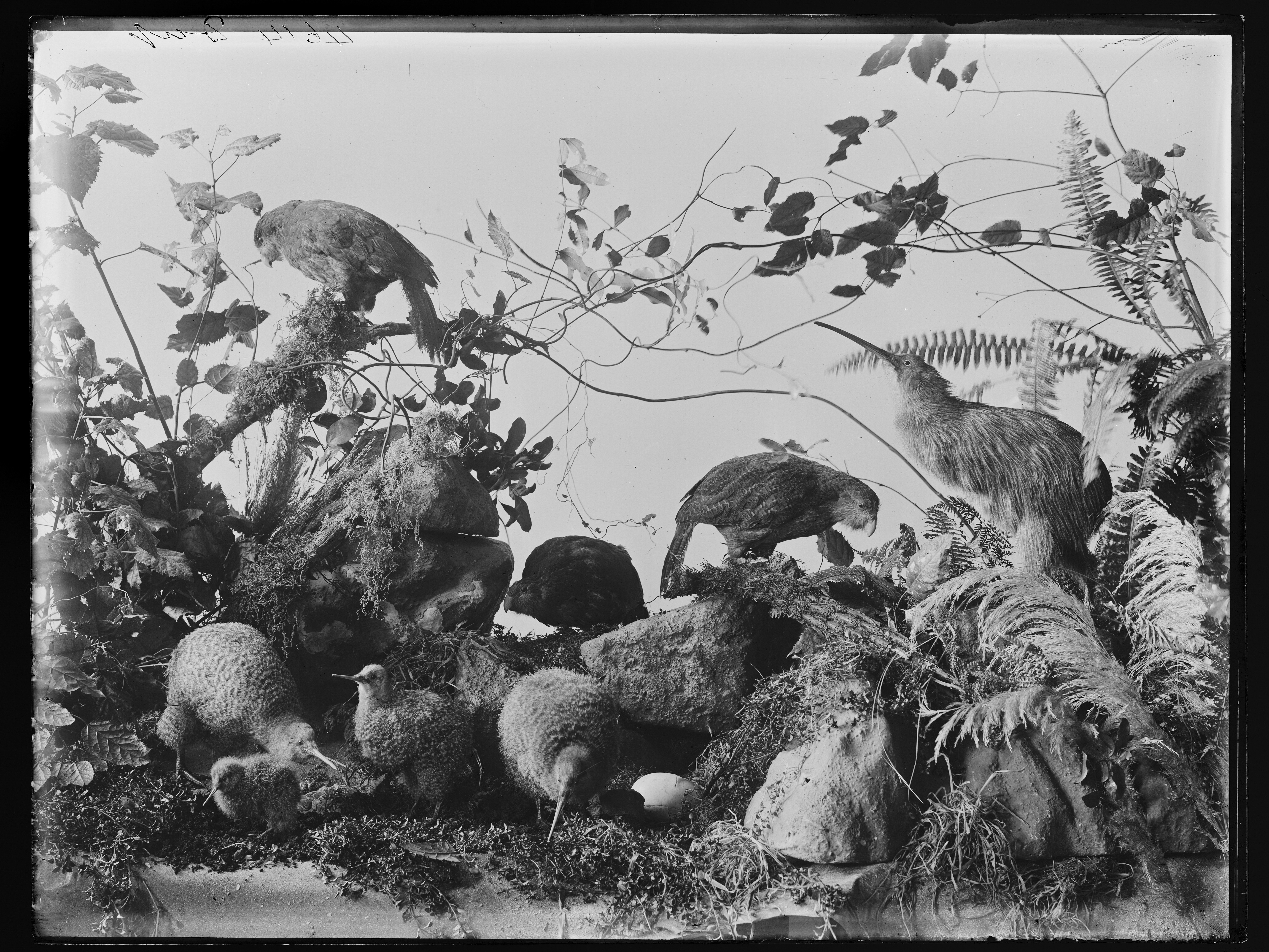
During the early 20th century, eradication programmes were undertaken haphazardly. Examples include the removal of stoats using shooting from Otata (Hauraki Gulf) and cats being removed from Kāpiti Island and Stephen’s Island in the 1920s. But it wasn’t until the 1960s that eradication became a serious conservation goal.
Shifting perspectives on predation
In the mid-20th century, predator eradication was not considered a priority. Many ecologists, as recollected by the pioneering conservationists Don Merton and Brian Bell, believed that:
- predator eradication could not be achieved and
- predation did not lead to extinctions (based on the assumption that a predator species would not hunt a food source to extinction).
As a result, minimal resources were committed to eradication efforts. However, two significant events in the late 1950s and early 1960s changed how scientists viewed the impact of predator numbers on native species.
Ruapeke/Maria Island (1964)
Ruapeke/Maria Island (2 ha), part of the Noise Islands in the Hauraki Gulf, experienced a rat invasion in 1959. The result was the death of nearly 1,000 white-faced storm petrels. A group of dedicated Forest & Bird volunteers responded by laying rat bait across the island. Their work paid off and in 1964 the island was officially recognised as rat-free – making it the first successful island predator eradication in New Zealand. (For more details, read NZ Geo’s 2015 article ‘Nineteen sixty-four’.)
Taukihepa/Big South Cape (1964)
At the same time the rat eradication was underway on Ruapeke/Maria Island, a tragedy was playing out off the coast of Stewart Island at Taukihepa/Big South Cape Island (939 ha). Free from introduced predators, Taukihepa had become a haven for wildlife driven from the mainland, including the South Island saddleback/tīeke, Stewart Island snipe, the greater short-tailed bat and Stead’s bush wren.
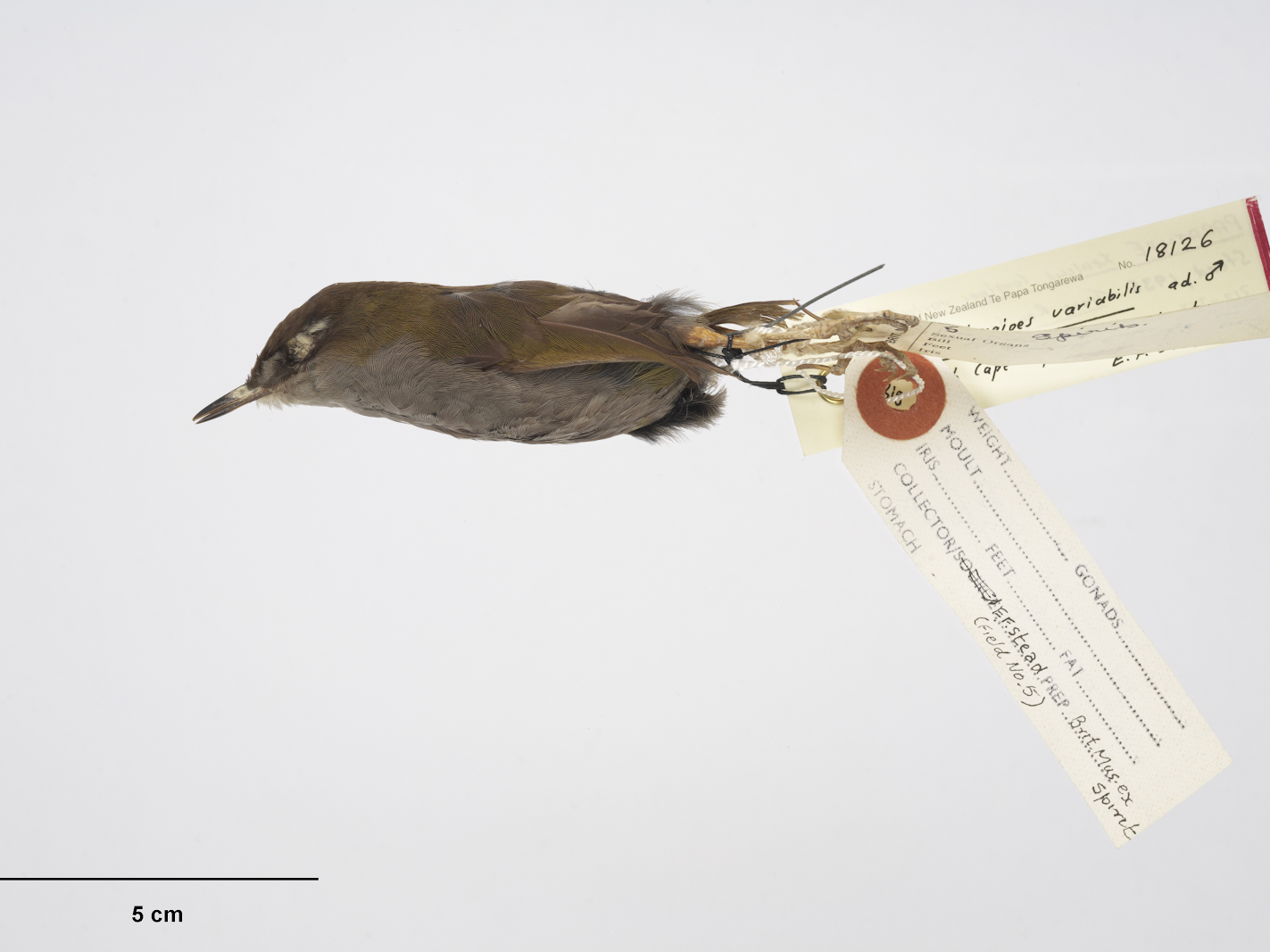
In March 1964, rats where found on the island. Efforts to lay bait and translocation at risk species were attempted but only the tīeke survived the translocation, while extinction due to rat predation followed for the snipe, bat and bush wren. This was not the first time that rats, and other introduced predators, had led to the extinction of a native species. But this time scientists were able to demonstrate clearly that predation was the primary factor leading to extinction. This provided justification for pushing island eradication techniques forward.
Pushing the boundaries
From the mid-1970s to the early 1990s, key innovations enabled island eradications to become larger in scale while also tackling more complex terrain. For example, the development of second generation toxins (read our summary of baits) meant target species such as rats could consume a lethal dose in a single serve. Advances in the accuracy of GPS technology in the 1990s meant that aerial drops (the application of bait using helicopters or small planes) over larger islands became more feasible.
Breaksea Island (1985)
Rowley Taylor and Bruce Thomas, both from the DSIR Ecology Division, believed intensive use of brodifacoum (a 2G toxin) in bait stations could lead to eliminations on larger offshore islands. To test this theory they chose Breaksea Island/Te Au Moana (170h) in Fiordland, an island covered in temperate rainforest that had been infested with Norway rats for decades.
Across the island, 743 bait stations were laid out on a grid and filled with brodifacoum tablets. The stations were checked daily, and re-baited if needed, for 22 days. After returning one month later, they found no evidence of rat activity (and plenty of evidence of dead rats!). Read the full story of how this island became predator free.
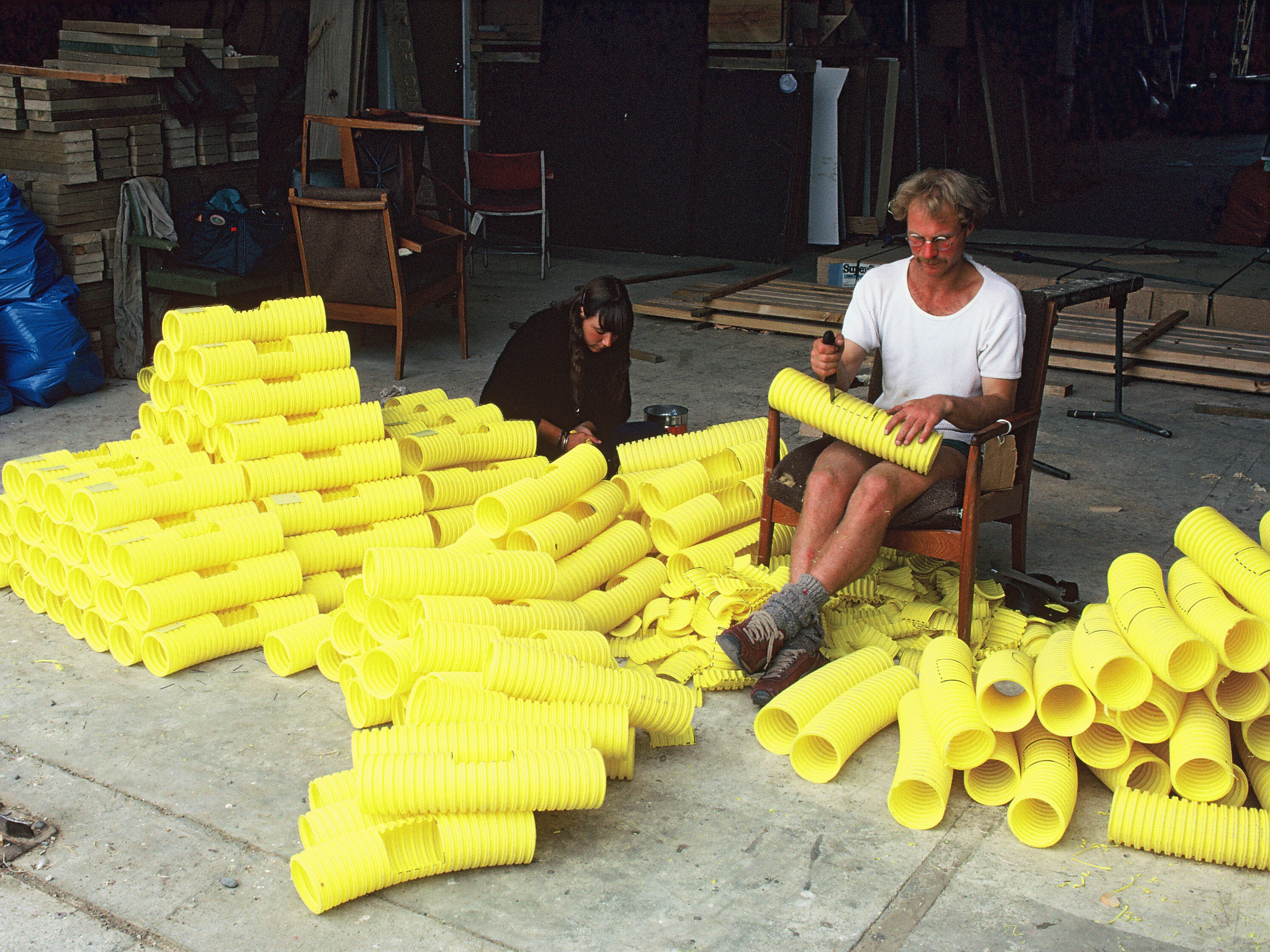
Kāpiti Island (1996)
In 1996 a groundbreaking rodent eradication project was undertaken on Kāpiti Island using aerial application.
The project was more complex than previous island eradications. At 2,000 hectares Kāpiti Island is seven times the size of Ulva island, which at that time was the largest island where pests had been eradicated. It was also the first project that sought to eradicate two species at the same time (Norway rat and kiore) and it was the home of bird species that might consume the bait, for example weka and robin. Additionally, unlike other islands where eradication had taken place, Kāpiti Island has mixed land ownership (Crown, iwi and local whānau) and had a small settlement on the northern tip of the island.
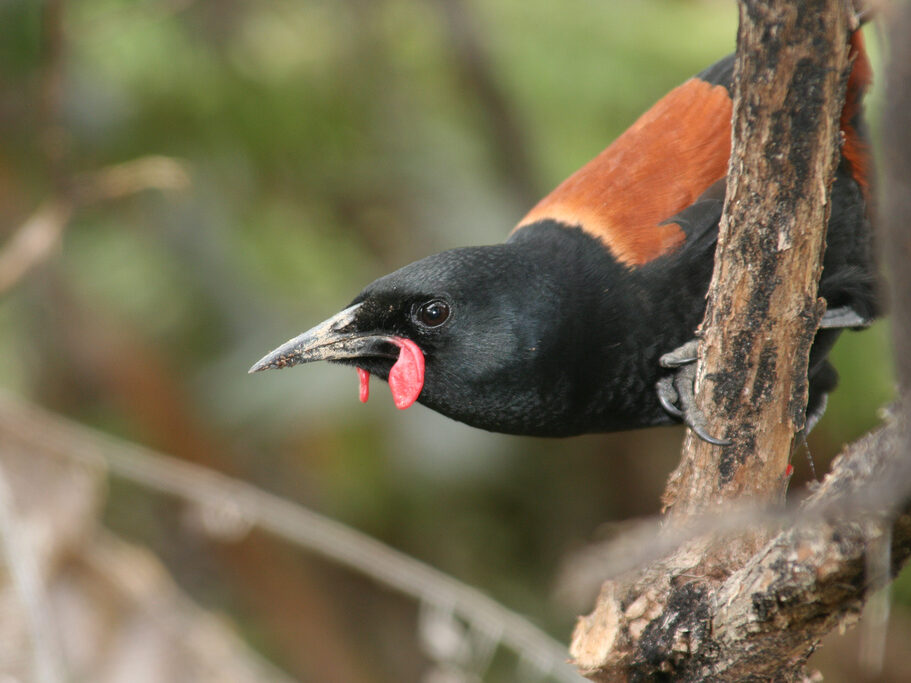
Bait (brodifacoum) was applied over the island using helicopter drops supplemented by ground operations. A population of weka, the species most at risk of poisoning, was removed from the island and then reintroduced after the operation was completed. By 1998 the island was officially declared rat free and the number of birds on the island was booming.
Campbell Island/Motu Ihupuku (2001)
Campbell Island/Motu Ihupuku (11,300 ha) is our southernmost island located 700km south of mainland New Zealand. The island became a nature reserve in 1954 and a population of feral sheep and cattle were removed by the Wildlife Service over the following decades.
Campbell Island used to have the highest population density of Norway rats in the world – before 2001 about 200,000 rats lived on the island. In 2001 a DOC-led project began to eradicate the rats and a suspected population of feral cats. It was an ambitious goal for a large, isolated island in the ‘furious fifties’ latitude.
To their surprise, no traces of cats were found on the island – something caused them to naturally die out. This meant the project only needed to focus on rats, but there were still significant challenges to overcome – including getting the bait and helicopters to the island!
The project was successful, and in 2006 Campbell Island was officially declared rat-free. This meant the tiny snipe and flightless teal could return from their exile on smaller islets to live safely on the main island again, and the southern royal albatross could nest in peace. Today Campbell Island remains the largest pest-free island in New Zealand, but when Predator Free Rakiura is successful Rakiura/Stewart Island (174,600 ha) will dwarf it in size!

Mainland Islands
By the mid 1990s, it was becoming obvious that while native species were flourishing well on predator free islands, something needed to be done on the mainland. Lacking the natural protection of the ocean, new ways of controlling predators had to be developed. DOC established six “Mainland Island” projects to focus on whole ecosystem restoration and intensive and integrated pest management. Like the examples below, some mainland islands are still managed by DOC while other groups run similar projects.
Rotoiti Nature Recovery Project
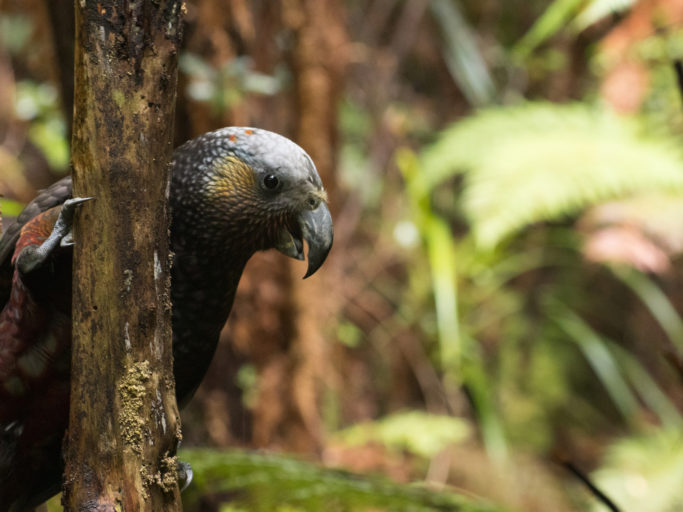
The Rotoiti Nature Recovery Project (RNRP) covers 5000 hectares of alpine honey-dew beech forest in the Nelson Lakes National Park. Over twenty years, DOC and a group of committed local volunteers, Friends of Rotoiti, have controlled rats, stoats, possums and feral cats. Their biodiversity goals include restoring and maintaining populations of kea, kākā, whio, great spotted kiwi, mistletoe and powelliphanta snails. Research is also conducted to test species management and pest control techniques in a beech forest and alpine ecosystem. Highlights include the development of best practices for the wasp control toxin Vespex, the translocation of great spotted kiwi and the development of prescriptions for the recovery of South Island kākā by controlling stoats and possums.
Wainuiomata Mainland Island
Established in 2005 by the Greater Wellington Regional Council, the Wainuiomata Mainland Island contains untouched native forest, including rātā, rimu and matai. This mainland island is closed to the public.
The Greater Wellington Regional Council keeps possums, rats, stoats, weasels, feral cats, goats, deer and pigs at low levels using a network of traps, bait stations and hunting. Predator control has enabled the native species present to thrive and other native birds to return to the area. North Island toutouwai (robin) were successfully translocated in 2012, and kiwi made their own way from the Remutaka Forest Park. The local population of titipounamu (rifleman) recovered so significantly that, in 2019, 60 tītipounamu were translocated from Wainuiomata to Zealandia Te Māra a Tāne.
